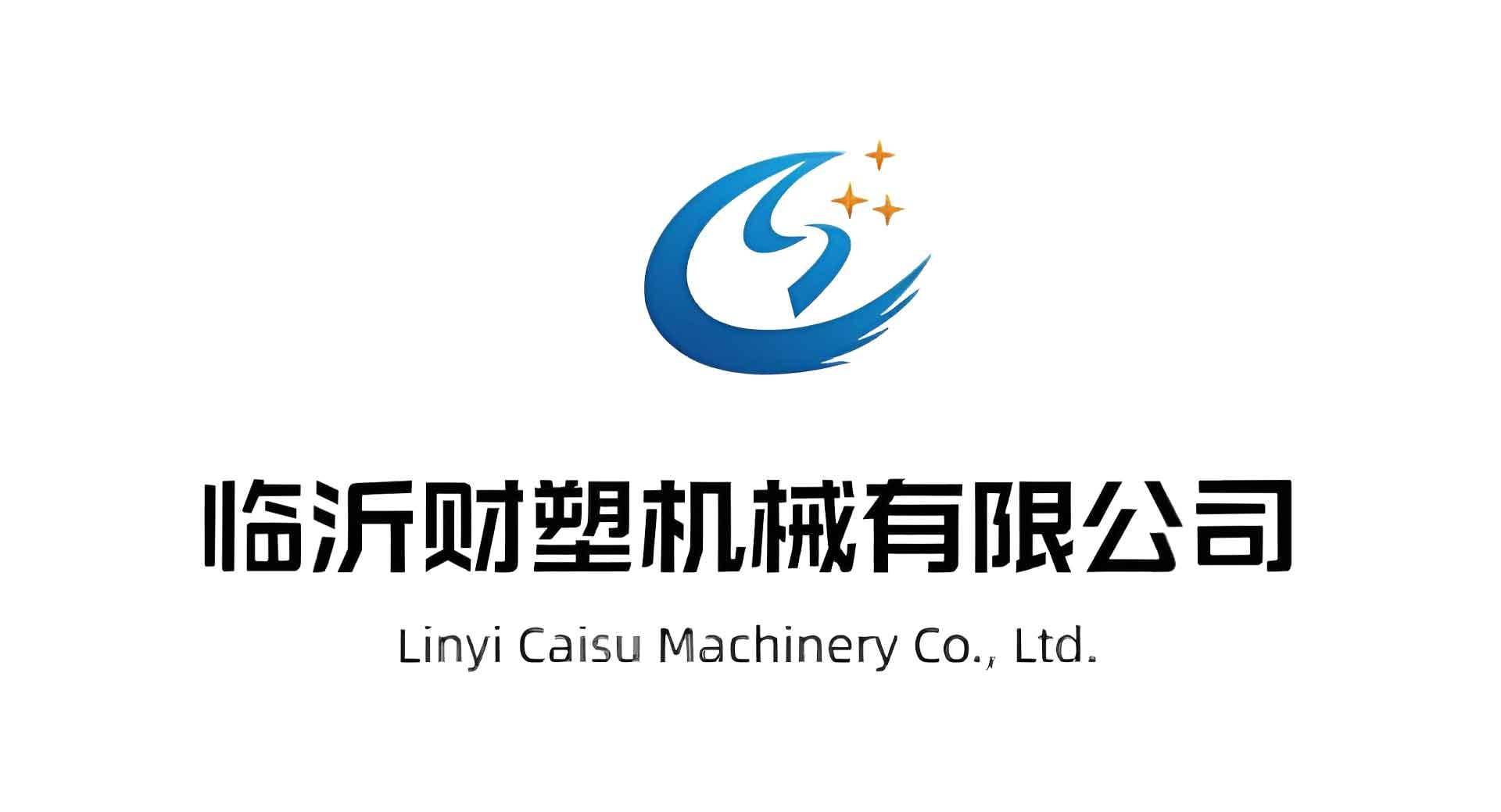Welcome to My Blog!
Before we dive into the content, I’d love for you to join me on my social media platforms where I share more insights, engage with the community, and post updates. Here’s how you can connect with me:
Facebook:https://www.facebook.com/profile.php?id=61567891941530
Now, let’s get started on our journey together. I hope you find the content here insightful, engaging, and valuable.
Caisu Machinery sells a variety of used plastic pipe production equipment. The products are of high quality and low price. Welcome to contact us for consultation and purchase. We will be happy to serve you.
Table of Contents
PVC foam boards have become a staple material across a wide range of industries due to their durability, light weight, and ease of processing. But not all PVC foam boards are the same—one of the most important variables that influence performance and application is density. Understanding how density affects usage can help manufacturers, builders, and designers choose the right type for their needs and optimize their production workflow with the right PVC foam board production equipment.
Understanding PVC Foam Board Density

Density in PVC foam boards typically ranges from 0.3 g/cm³ to over 0.8 g/cm³. This measurement affects not only the board’s weight but also its rigidity, durability, and cost. In general, higher-density boards are stronger and more resistant to impact, while lower-density boards offer better flexibility and are more cost-effective for applications where strength isn’t the primary concern.
Types of PVC Foam Board by Density
Low-Density PVC Foam Boards (0.3–0.5 g/cm³)
These boards are the most lightweight and economical. They are easy to cut, shape, and mount, making them ideal for applications such as:
- Indoor signage
- Point-of-sale displays
- Lightweight partition walls
- Craft and DIY projects
Their flexibility and low cost make them especially popular in markets with high-volume needs and limited structural requirements. When producing low-density boards, it’s crucial to use PVC foam board production equipment optimized for precision and speed, as lightweight materials require careful calibration to avoid defects like warping or uneven foaming.
Medium-Density PVC Foam Boards (0.5–0.7 g/cm³)
These are the workhorse of the industry, striking a balance between strength and weight. They are widely used in:
- Furniture backing and cabinetry
- Exhibition booth panels
- Printing and advertising
- Outdoor signage with moderate exposure
Medium-density boards require extrusion machinery capable of maintaining consistent cell structure and density. Upgraded cooling systems and automation can significantly enhance product quality and reduce waste in this density category.
High-Density PVC Foam Boards (0.7–0.9 g/cm³)
When strength and durability are critical, high-density boards are the preferred choice. They offer superior resistance to impact and deformation, making them suitable for:
- Industrial wall cladding
- Construction shuttering boards
- Transport vehicle interiors
- Outdoor applications under harsh weather
High-density board production demands robust PVC foam board production equipment with higher compression and optimized screw design to ensure consistent material distribution and bubble structure. These machines often include advanced temperature control and multi-zone heating to prevent material degradation during processing.
Matching Density to Application
Selecting the right density depends on the performance needs of the final product. For example:
- A furniture maker producing waterproof kitchen cabinets might opt for 0.65 g/cm³ boards to balance cost and strength.
- An advertising company focusing on temporary signage might choose 0.4 g/cm³ boards to save on materials without compromising appearance.
- A construction firm requiring reusable formwork panels may choose 0.85 g/cm³ boards for strength and rigidity.
This alignment of density to function not only improves end-user satisfaction but also helps manufacturers streamline their operations by adjusting their PVC foam board production equipment settings accordingly.
Equipment Considerations for Density Control

Producing PVC foam boards with consistent density and quality requires specialized machinery. Key equipment features to look for include:
- Precision dosing systems: To control raw material input and foaming agent ratios.
- Temperature-controlled extrusion lines: Ensures optimal cell formation and board structure.
- Calibrators and cooling tables: To maintain uniform thickness and surface finish.
- Automated stackers and cutters: Increases efficiency and reduces manual labor.
Choosing the right PVC foam board production equipment means fewer production errors, better yield, and higher profit margins. Manufacturers should consider equipment from providers who offer customizable solutions based on target board density and application.
Environmental and Market Trends
Today’s market increasingly demands sustainable and recyclable materials. PVC foam boards, particularly those made with recycled content or engineered for recyclability, are gaining traction. Production lines are also evolving to integrate eco-friendly extrusion technologies, including energy-saving drives and closed-loop cooling systems.
Conclusion
PVC foam board density plays a pivotal role in determining its usability and value across industries. Whether you’re building signage, fabricating cabinetry, or developing industrial-grade solutions, understanding how density affects performance can help guide material selection and machinery investment. By pairing the right board type with optimized PVC foam board production equipment, businesses can enhance productivity, cut costs, and meet the growing demands for quality and sustainability.
FAQ
What is the most commonly used PVC foam board density?
Medium-density boards (0.5–0.7 g/cm³) are the most widely used due to their versatility and balanced properties.
Can one production line handle multiple densities?
Yes, many advanced extrusion lines allow for adjustment of parameters like foaming ratio, screw speed, and temperature to accommodate different densities.
What are the key quality checks during production?
Important checks include thickness uniformity, surface smoothness, cell structure consistency, and tensile strength.
Are high-density boards better for outdoor use?
Generally, yes. High-density PVC foam boards offer greater durability and weather resistance, making them suitable for outdoor environments.
How does equipment choice affect board density?
Proper equipment ensures controlled foaming, material distribution, and consistent output. Poorly calibrated or outdated machines can lead to uneven density and defects.





